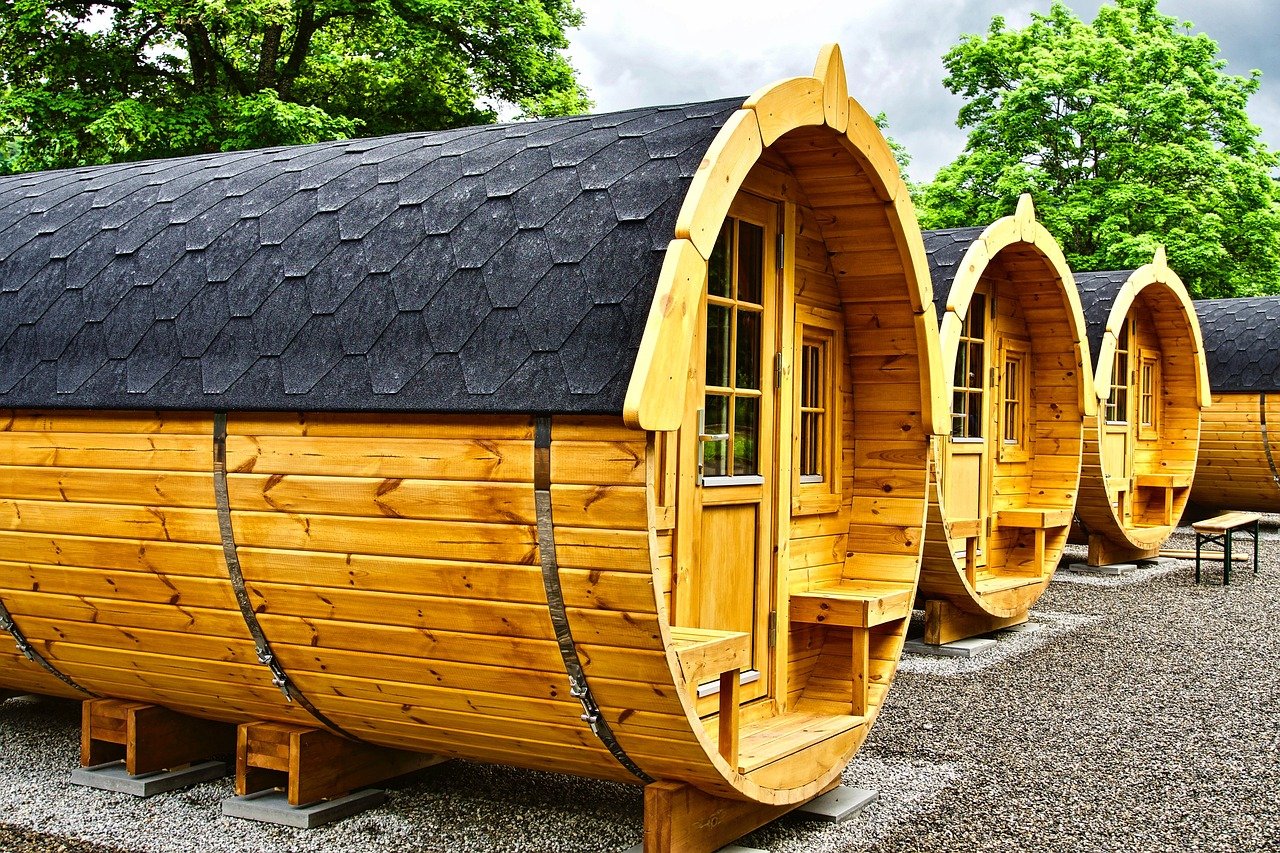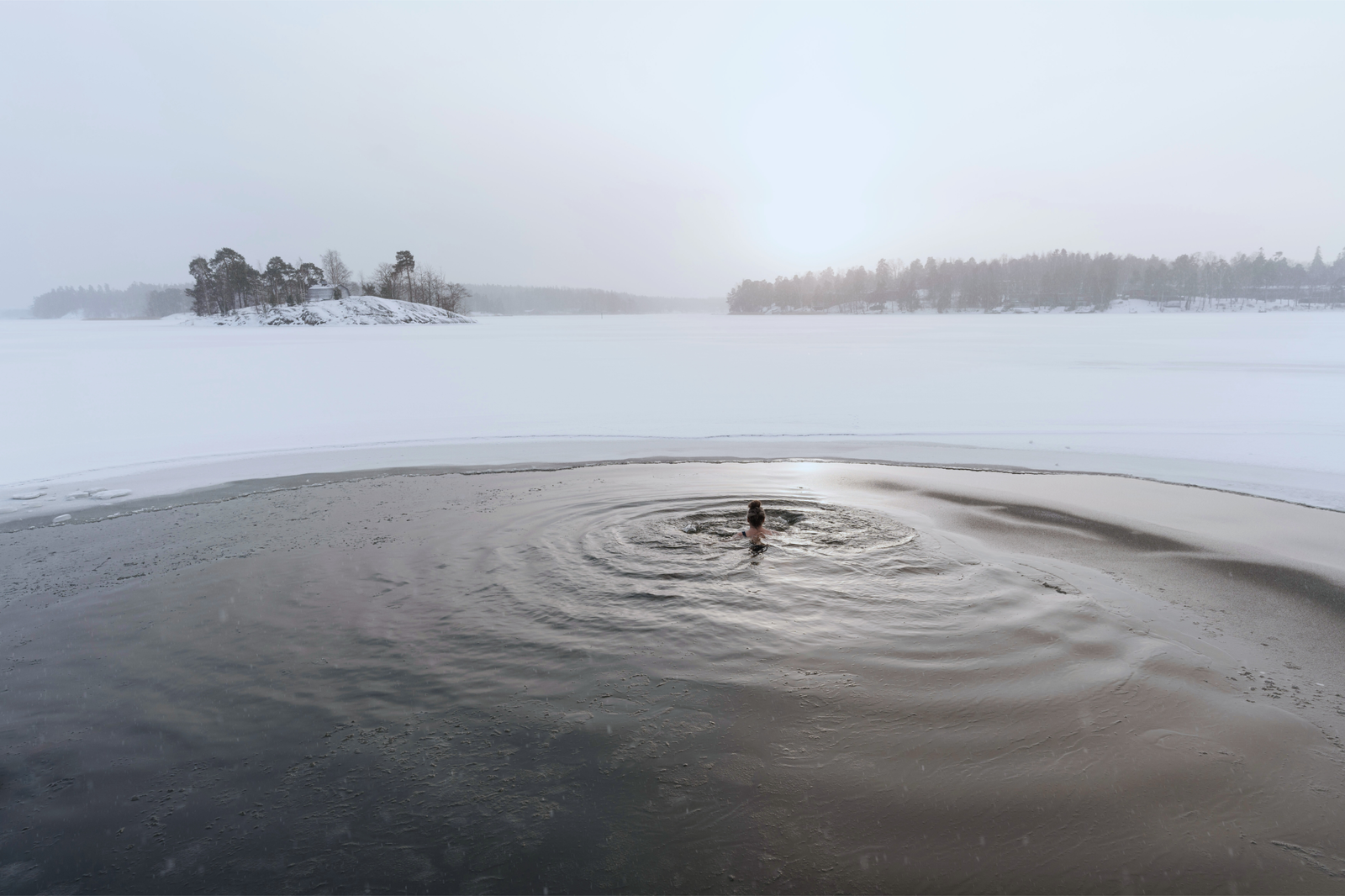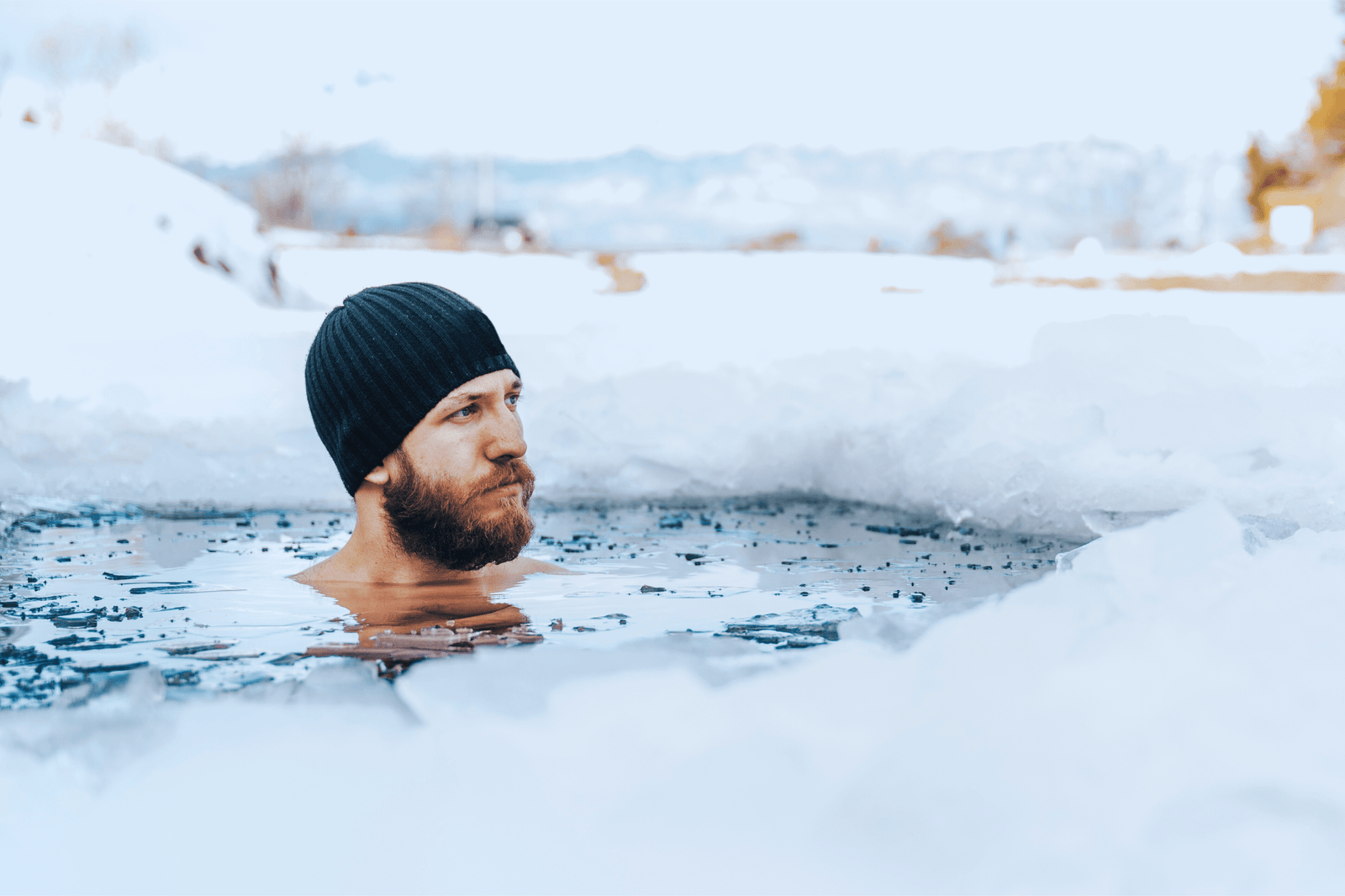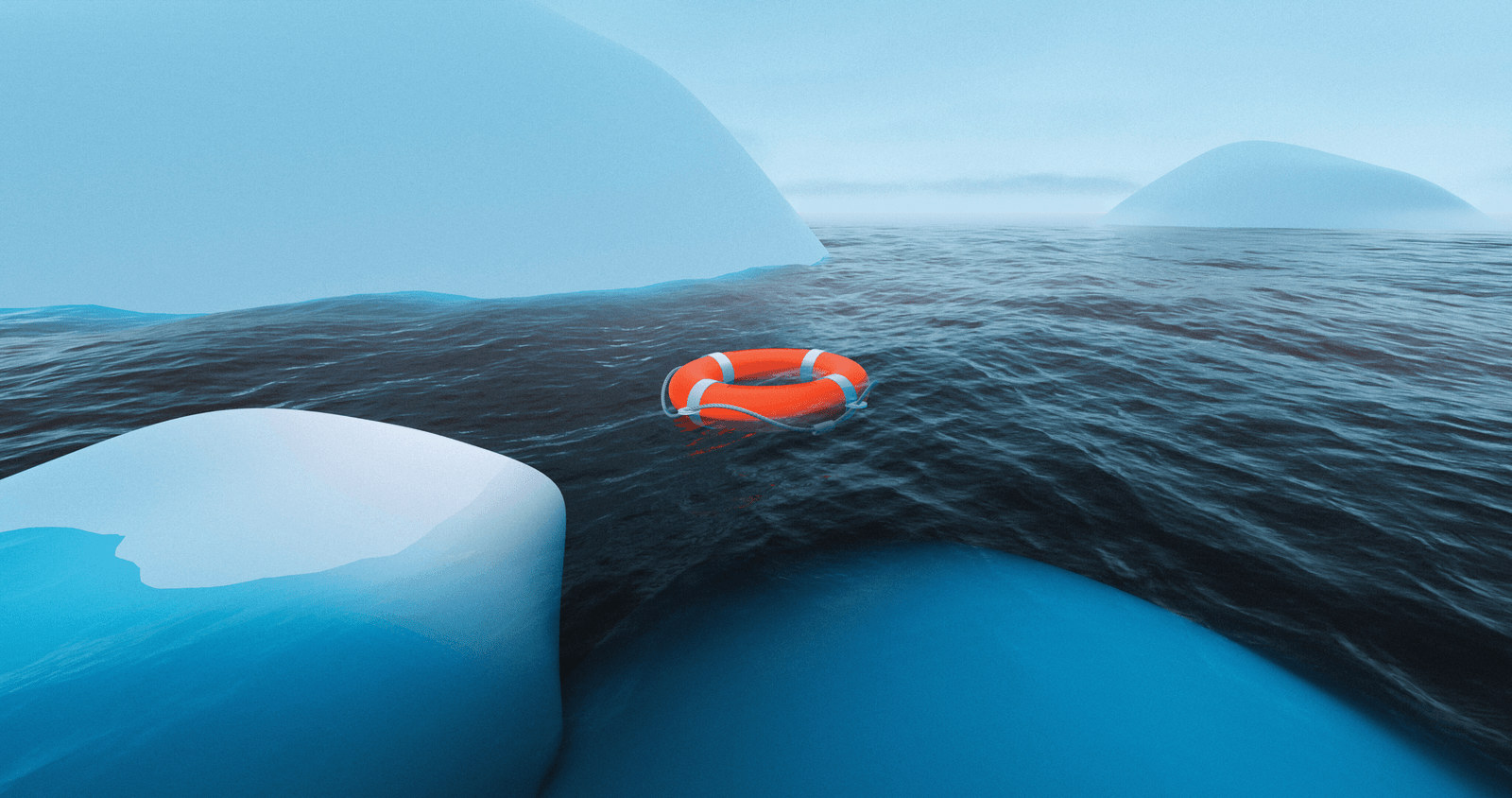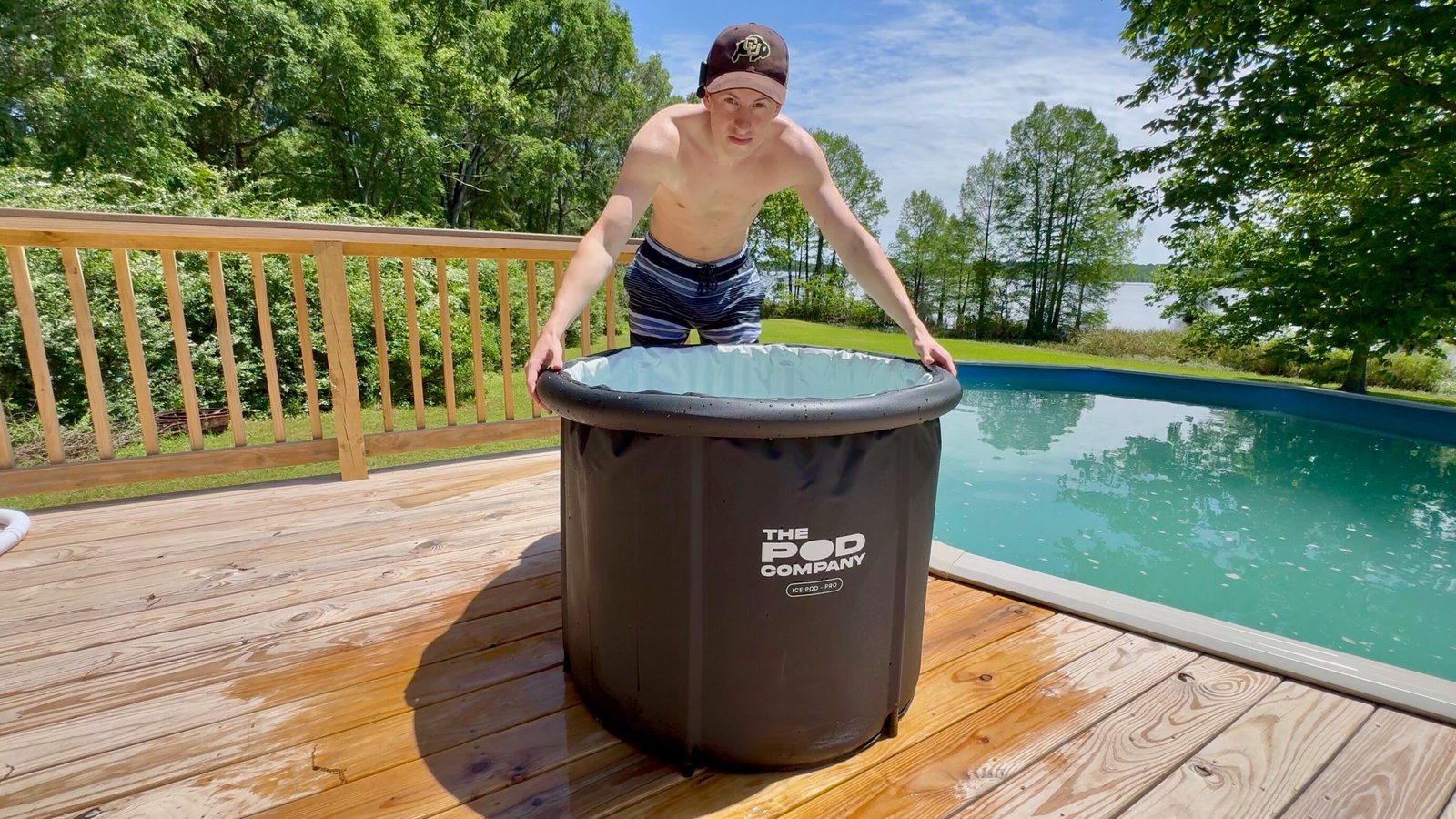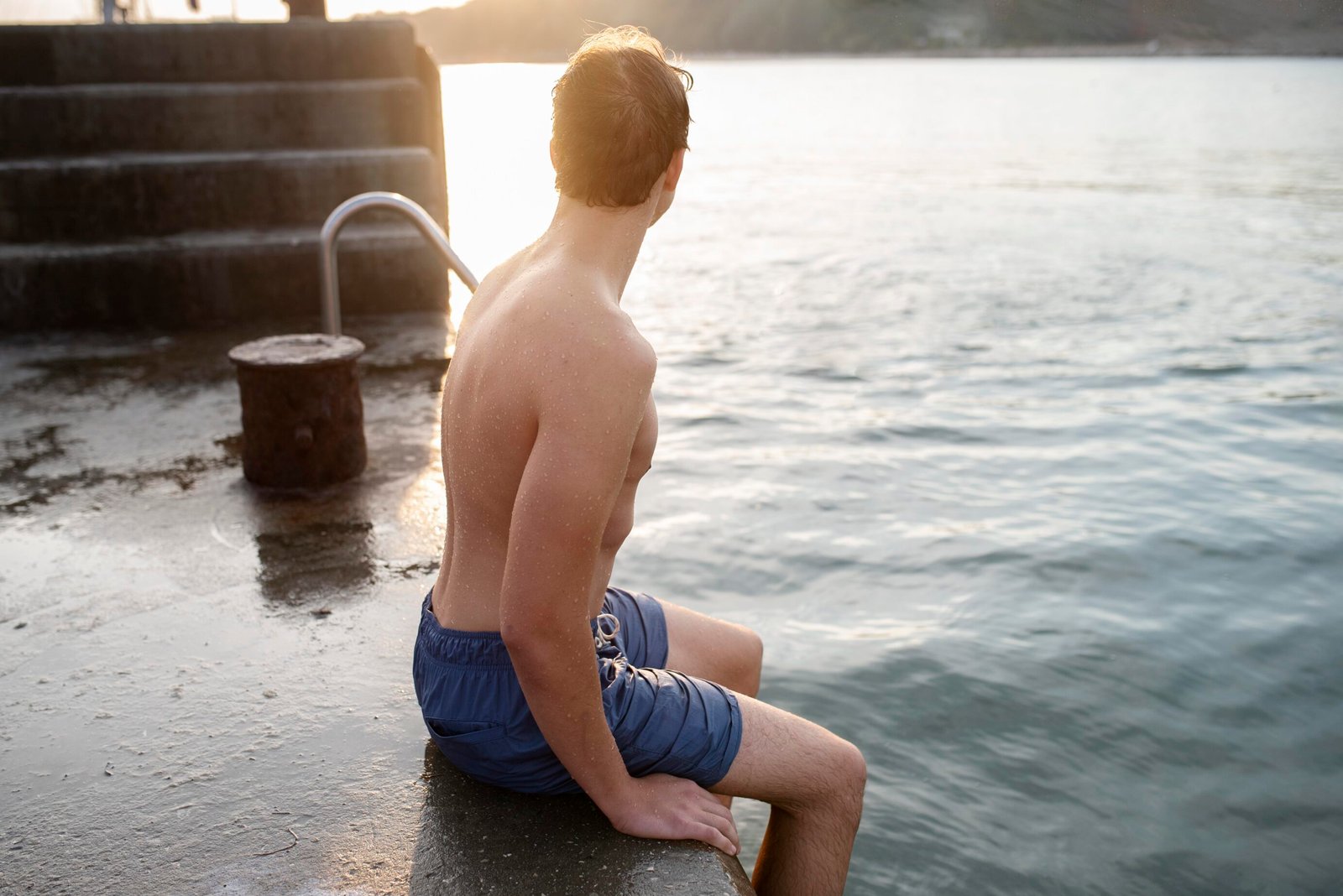How to Keep Ice Bath Water Clean: 12 Essential Tips

Ice baths are great for your health, but to get the most out of it you need to take care of it. A clean tub keeps your plunges safe and helps your tub last longer.
Follow these 12 easy steps to keep your cold plunge in top shape.
1. Rinse Off Before Getting In
Before you hop in, use a water hose to spray off any sweat, dirt, or hair from your body. This will keep the water balanced and improve the lifespan of the other components.
2. Keep The Tub Covered
Keep it covered when you’re not using it. This helps keep leaves, dirt, and bugs out. If your cold plunge doesn’t come with a lid then lay a towel or something over the top.
3. Remove Debris
Run a skimming net over the surface of the water to scoop up any debris. Over time, bacteria will grow if dirt and grass sit in the water.
4. Add Food-Grade Hydrogen Peroxide
Adding a small amount of food-grade hydrogen peroxide to the water can work wonders. This helps kill harmful bacteria and even helps the water chiller and pump last longer.
Add about 1/2 cup every 2-3 weeks and one cap full weekly!
5. Attach an Ozone generator
Use an ozone generator for the cleanest possible water. It’s a naturally occurring molecule that purifies the water by breaking down contaminants.
An ozone system replaces the need for harsh chemicals like chlorine and bromine, though I still recommend adding food-grade hydrogen peroxide and stabilizer.
As a safety precaution, keep it turned off while you plunge, and make sure to wait at least 30 minutes after it has been turned off before getting in the tub.
6. Add Water Stabilizer
Water stabilizers keep the water from turning green! Add a few drops every month to balance the water so it’s neither too acidic nor too alkaline.
7. Clean The Strainer
The strainer catches dirt and hair before it goes into the pump and water chiller. Every 2-4 weeks, remove it and use a toothbrush or a bristled brush to scrub it.
8. Use a Hose Filter
Water from the hose can carry impurities, which can shorten the life of the pump and chiller. Use a hose filter to catch these impurities before they cause any damage.
One hose filter will last you 2-4 years if you change the water every 2-3 months.
9. Change The Pump Filter
Changing or cleaning the pump filter every 2-3 weeks is essential for proper circulation. Over time, debris and grime build up in the filter, which can cause an odor and clog up the system.
10. Circulate The Water
Constant circulation gives the water a better chance of staying fresh for longer. It also helps spread the hydrogen peroxide and stabilizing agent evenly. A good pump or circulation jet do the job well.
11. Empty and Wash the Tub
Every 3-6 months, empty all the water from the tub and scrub the heck out of it. Use this cleaning soap and rubber brush to get into all the corners and crevices. Once you’re done, rinse the tub thoroughly and make sure no soap residue is left behind, or else it could damage the pump and chiller.
When scrubbing, pay attention to areas that might not be visible at first glance. Those hidden spots can harbor bacteria and grime.
12. Refill with fresh Water
Drain the tub every 2-4 months and refill it with fresh, clean water. The old water holds chemicals, bacteria, and other impurities you can’t always see, but trust me, they’re there.
Conclusion
Regular maintenance protects your tub and improves your experience. These 12 simple steps will help keep your tub clean, safe, and working well for a long time.
FAQs
Medical Disclaimer
The information contained in this post is for informational and educational purposes only. It is not intended to provide medical advice or to take the place of such advice or treatment from a personal physician. All readers/viewers of this content are advised to consult their doctors or qualified health professionals regarding specific health questions or before embarking on any new health or wellness routine, including saunas and cold plunging. Neither the author(s) nor the publisher of this content take responsibility for possible health consequences of any person or persons reading or following the information in this educational content. All viewers of this content, especially those taking prescription or over-the-counter medications, should consult their physicians before beginning any cold plunging routine or other health or wellness program.

